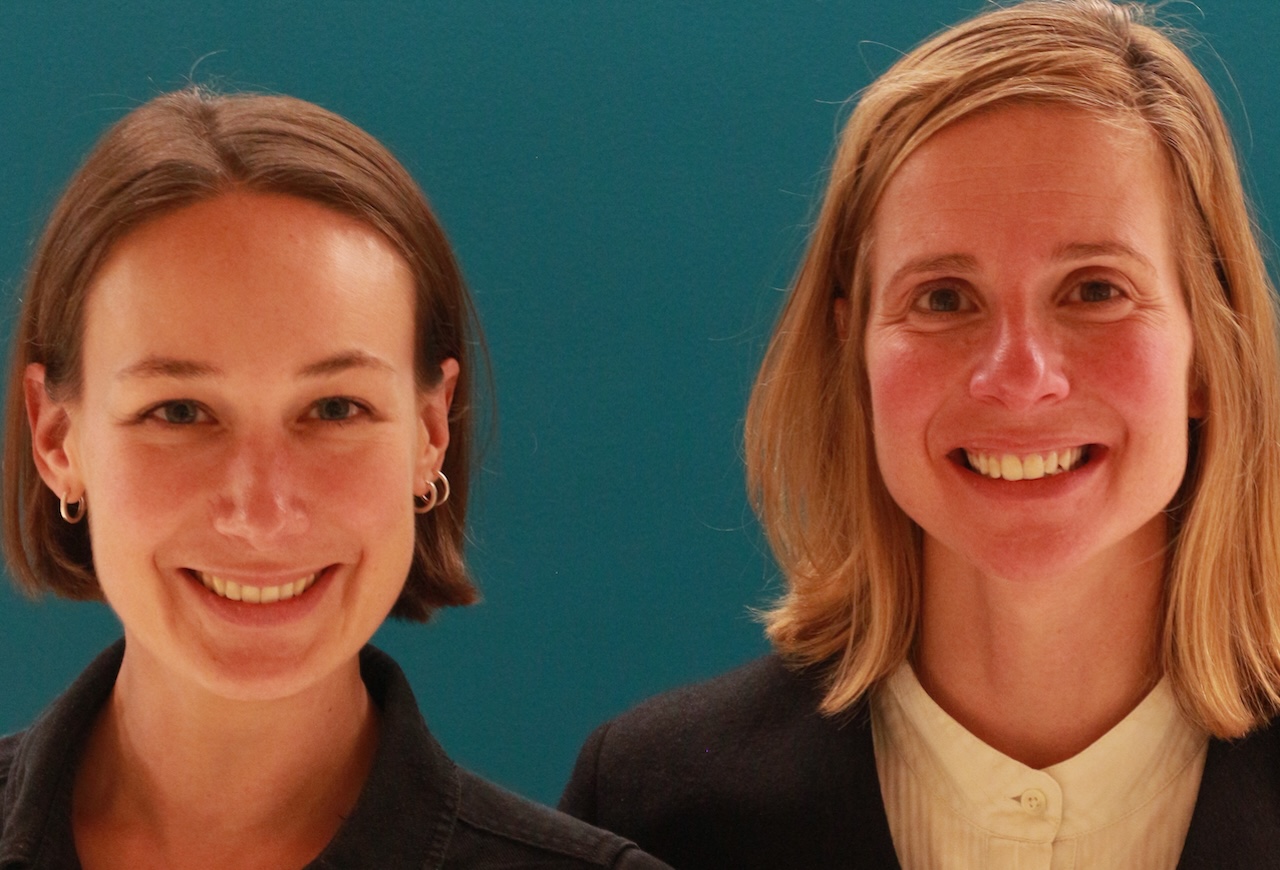Bella Landymore and Sarah Teacher, the recently appointed co-CEOs of the Impact Investing Institute, discuss co-leadership and their ambitious five-year plan with Paula Garrido.

The Impact Investing Institute, the UK’s national partner of GSG Impact, has recently announced a change in its leadership, appointing Bella Landymore and Sarah Teacher as co-CEOs.
The new leadership will steer the Institute’s ambitious five-year plan to mobilise £1trn (€1.1trn) in investments benefiting people and planet. They succeed Kieron Boyle, the former CEO, who now serves as the organisation’s chair and continues to provide strategic guidance.
Landymore played a key role in establishing the Institute in 2019, after working for the UK government’s Inclusive Economy unit. Prior to that, she worked at UBS Investment Bank and the charity sector. Today, she oversees the Institute’s recently established Challenge Lab, focused on developing solutions to mobilise private finance in addressing critical societal challenges.
Teacher joined the organisation in 2021 from Lendlease Europe. Prior to that, she worked at Sancroft International, and the Institute for Philanthropy, and she serves as the chair of Rockefeller Philanthropy Advisors Europe. At the Institute, she leads relationships with their external partners and overseas their endowment and family office programmes.
Co-leadership model
With their combined experience across public, private, and social sectors, both women envision a model of co-leadership that draws on their complementary strengths.
Reflecting on the benefits of this approach, Teacher notes: “We’re really excited about the co-leadership model. We’ve worked together very closely for the past three years, and we see key values to it.”
Firstly, she explains, their diverse strengths, areas of expertise, and complementary perspectives enable them to make more well-rounded and effective decisions together. Additionally, the co-leadership model aligns well with practical aspects of life, as they are both currently raising young families.
“We’re trying to change capital markets to make them fairer, greener and more resilient, something that requires different leadership models, and different constellations of businesses and investments. To some extent, by adopting a new and different leadership style, we hope to be manifesting a bit of that – a new thinking in terms of how we do our own work, as well as what we’re pushing for more broadly,” Teacher adds.
Five-year strategy
Under their guidance, the Institute’s five-year strategy will focus on scaling the impact investing market across asset classes, aiming to double the UK’s impact investing sector to £160bn (€192bn).
According to Institute’s latest market sizing report, the sector represented £76.8bn at the end of 2023 – £19.3bn more than in 2020, reflecting a 10% annual compound growth rate.
The Institute also hopes to mobilise substantial global investment through partnerships with investors and policymakers. Landymore refers to this “very lofty ambition”, recognising they are “a cog in the machine”. “We are in the business of advocating and influencing, and moving markets forward along with all of our other partners in the wider ecosystem.”
She explains they do this in two broad ways. “We work with pools of capital to help them integrate impact into the way they think about their investment decisions, so they become impact investors,” she says, adding that part of their work is led by Teacher. “On the other hand, we are focused on solutions to particular societal challenges, connecting the providers of capital to the impact opportunities.”
It is in this context that the Institute hopes to help direct £500bn into investments aimed at supporting a just transition, and, as part of their Challenge Lab, they are also planning to work with investors to mobilise £3bn in “real-world solutions” in several areas including preventative healthcare and place-based investing.
The UK’s Local Government Pension Schemes (LGPS) have taken significant strides as early adopters of impact investing strategies. Nevertheless, several barriers still hinder the allocation of a larger portion of pension assets to impact investments.
Both Landymore and Teacher agree that the conservative nature of institutional investment remains a hurdle, and it is their aim to work with asset managers and pension schemes to demonstrate the potential for generating market-rate returns alongside measurable societal impact.
Landymore comments: “One of the greatest opportunities we see is in reframing fiduciary duties for pension schemes. Historically, there have been structural barriers, but if trustees can view their duties through an impact-focused lens, we believe that meaningful change can occur at scale.”
Healthier communities
Place-based impact investing, an approach that addresses geographic inequalities by channelling investment into underserved regions. This strategy aligns with the Institute’s broader commitment to a just transition.
By working closely with LGPS, the Institute aims to create investment models that benefit communities directly, ensuring that capital flows support localised development and environmental stewardship.
“Place-based impact investing is becoming common language now,” Landymore explains. “The next question is, where does it go from here? How can we further engage local governments and empower authorities to lead with impact in mind?”
She talks about the importance of directing capital into local initiatives aimed at creating healthier communities by improving infrastructure, housing and access to healthcare.
With preventative health as a rising priority, the Institute seeks to mobilise private finance in support of public health goals, complementing the work of the NHS while fostering local economic growth.
The co-CEOs believe that impact investing must be accessible across asset classes and investor profiles—from catalytic investments willing to take on greater risk to large-scale, to more commercial investments that achieve both strong financial returns and measurable impact. “Our goal is to steward market integrity and ensure the financial system accounts for the full social and environmental impact of investment decisions,” Landymore adds.






